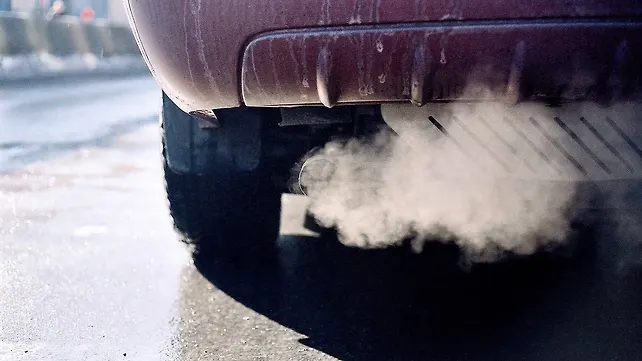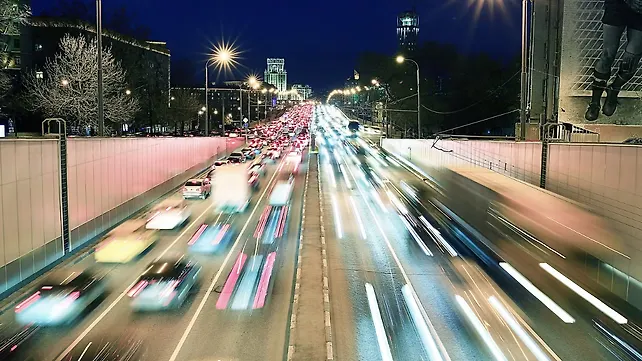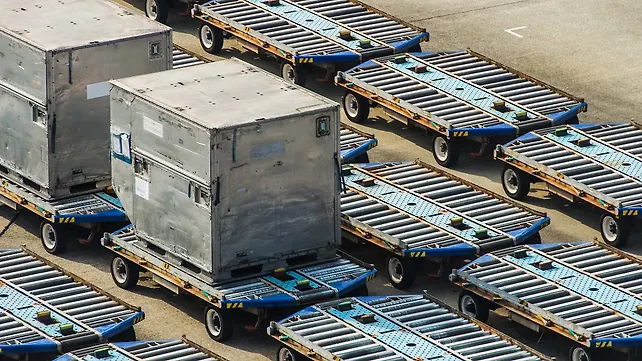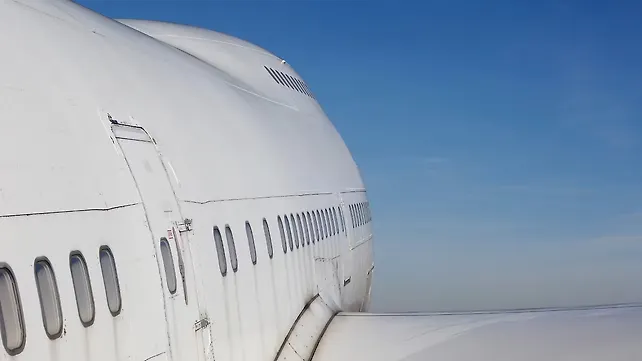
The ITF Transport Outlook 2021 presents scenarios for global transport demand over the next three decades to 2050. It covers passenger transport across automotive, railways and airways and freight transport in maritime, air and surface modes. The scenarios include detailed projections for transport’s CO2 emissions under different conditions, allowing an assessment of the potential impacts of future transport activity on climate change.
During the release of the International Transport Forum’s ‘Transport Outlook 2021’, Young Tae Kim, Secretary-General, ITF said the report provides policy makers with insights on the three major challenges of the current times, including the COVID-19 pandemic, climate change and inequality.
“It shows how they are linked, but also identifies actions – actions that are critical to ensure an effective and equitable transition to sustainable mobility on an urban, regional and global level in the wake of the pandemic,” Kim said.
The 2021 edition was modelled on three different scenarios:
- The ‘Recovery’ scenario represents the world’s current efforts, extrapolated to 2050;
- The ‘Reshape’ scenario assumes governments will implement ambitious decarbonisation policies beyond those currently in place;
- In the ‘Reshape+’ scenario, governments in addition leverage opportunities for transport decarbonisation created by the Covid-19 pandemic.
Critical Findings
Some of the findings from the Transport Outlook 2021 offer interesting insights. Excerpts:
Compared to 2015, the total transport activity will more than double by 2050 under the trajectory reflecting current efforts. Passenger transport will increase 2.3-fold, while freight transport will grow 2.6-fold.
Total demand growth over the next three decades is slower than projected in the previous edition, when a trifold increase was expected. This reflects less optimistic projections for economic growth and new decarbonisation commitments made in 2018-19.
Continuing economic development and a growing world population will translate into more demand for transport overall, the report predicts.

CO2 emissions from transport will increase by 16% to 2050 even if today’s commitments to decarbonise transport are fully implemented. This clearly highlights that the current transport decarbonisation policies are insufficient to pivot passenger and freight transport onto a sustainable path. The expected emissions reductions from these policies will be more than offset by increased transport demand.
By contrast, more ambitious transport decarbonisation policies could reduce transport CO2 emissions by almost 70% in 2050 compared to 2015. Such a reduction would bring the goal of the Paris Agreement to limit global warming to 1.5°C into reach. It would require more and better-targeted actions to reduce unnecessary travel, shift transport activity to more sustainable modes, improve energy efficiency, and rapidly scale up the use of electric vehicles and low-carbon fuels.
Cities could cut their CO2 emissions from urban mobility by as much as 80% compared to 2015 levels under ambitious decarbonisation agendas. Their high density of people, services and infrastructure puts cities in a frontline position to shift to lower zero-emission transport options and implement effective demand management that could avoid 22% of urban transport activity compared to the current trajectory.
Regional and inter-city passenger transport is difficult to decarbonise. Yet by 2050, its CO2 emissions could be less than half of those in 2015 with the right policies. Managing demand for air travel, longer car trips of regional rail travel is more challenging than for urban mobility. Measures to shift demand to sustainable modes where possible, enhanced vehicle efficiency and improved fuel technologies must all play a role in reversing the growth trend of non-urban passenger emissions.

The strong growth of freight activity calls for an increased focus on decarbonising goods transport. Freight’s absolute CO2 emissions will be 22% higher than 2015 by 2050 under current policies and its share of all transport emissions will continue to grow, albeit slowly. By contrast, absolute freight emissions could be 72% less than 2015 with policies to boost freight consolidation, enhance collaboration in supply chains, advance standardisation, and promote low-carbon technologies across the sector.
Encouraging behavioural change and harnessing stimulus packages for economic recovery from the pandemic to fast track the decarbonisation of transport will greatly accelerate the transition to sustainable mobility. Linking economic recovery with transport decarbonisation would bring the climate goals of the Paris Agreement within reach faster and with more certainty.
Implementing policies carefully to avoid negative distributional effects is essential. Climate action should not make the vulnerable worse off, but aim to enhance social equity. A strong focus on improving accessibility will help to achieve both: making mobility more efficient and thus less emitting, and making it easier for citizens to access opportunities.
Policy Insights
Align COVID-19 recovery packages to revive the economy, combat climate change and strengthen equity
In the wake of the pandemic, transport policies should pursue a threefold objective: aiding economic recovery, reducing harm to the environment and ensuring fair and equitable societal outcomes. Aligning these goals will build public support for such significant interventions. It will also make them more cost effective and easier to implement fast.
Recovery from the COVID-19 crisis offers a singular chance to combine economic development with shifting mobility behaviour and scaling up low-carbon technologies, while increasing opportunities for citizens by improving access through better mobility solutions.

Implement much more ambitious policies that will reverse the growth of transport CO2 emissions
Transport CO2 emissions will continue to rise under current policies, not fall. A growing world population and increasing prosperity create new transport demand that will outstrip projected emissions reductions. The night policies can break the link between economic growth and transport emissions, however. Such policies will create incentives to avoid unnecessary travel, shift mobility to sustainable transport options, and improve vehicle technologies and alternative fuels.
In the 2021 revision of the Nationally Determined Contributions under the Paris Agreement, governments must set ambitious targets, underpin them with concrete policies, and reinforce them by leveraging COVID-19 recovery packages to accelerate and deepen transport decarbonisation.
Target different transport sectors with strategies that reflect their specific decarbonisation potential and challenges
Different parts of the transport sector require different approaches to decarbonisation. Not all strategies to “avoid, shift, and improve” are applicable across the sector in the same way. Urban passenger transport can employ all three approaches to drastically reduce emissions by shortening travel distances, offering non-motorised options and achieving high user volumes on public transport.
Decarbonising regional and intercity transport, in turn, will rely more on technological improvements, as demand for non-urban transport is difficult to manage. Freight transport can best reduce demand and emissions through low-carbon technologies, consolidation of loads, shorter supply chains and rapid digitalisation and standardisation of processes and technologies.
Support innovation to accelerate the technological breakthroughs needed to decarbonise transport
Technological advances are critical to effectively decarbonise transport, especially in otherwise hard-to-decarbonise areas. Reducing energy consumption of motorised travel requires investment in cleaner vehicles and fuels. Increasing the price of carbon-intensive transport will encourage a shift to low-carbon alternatives.
Investing in charging infrastructure for road transport will increase consumer confidence in zero-emissions vehicles, and purchase subsidies can accelerate the transition by making clean mobility more affordable. Digital innovation will help the more efficient operation of public transport, other shared mobility services and freight logistics.

Shift the priority to improving accessibility
Shifting the focus of policy from increasing mobility to improving accessibility will better deliver on several goals, from climate change mitigation to sustainable development and human well-being. Transport planning tends to conflate increased capacity with improved accessibility. Yet travelling more and further does not mean citizens have easy access to where they need to go. Transport planning that serves citizens considers their desired destinations and focuses on how well transport options connect them.
Intensify collaboration with non-transport sectors and between public and private actors
Transport decarbonisation is inseparable from developments in other sectors. Most notably, sustainable mobility is only possible with clean energy production. A green electricity grid is crucial so electric vehicles can be truly emissions-free. In turn, low-carbon transport is central to sustainable trade and tourism. Digitalisation of transport services offers opportunities for more efficient routing, shared use of assets and better data to inform decisions.
Close co-operation between governments and private actors in new mobility markets is imperative to maximise the social benefits of new services and minimise external costs. Finally, integrating land-use decisions and transport planning can reduce transport demand, while improving accessibility for citizens.
Source: Executive Summary, Transport Outlook 2021, International Transport Forum (ITF)